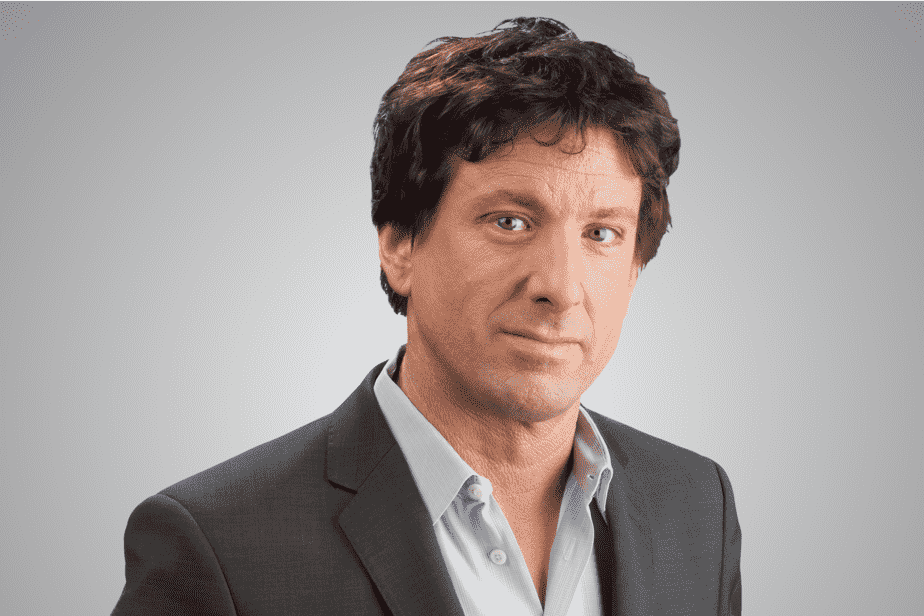For many lawyers involved in the class action industry, too much is still not enough.
Posted at 5:00 a.m.
After years of abuse, judges are finally beginning to signal the end of the all-you-can-eat buffet.
In quick succession, two judges of the Superior Court have just refused agreements in class actions by denouncing the downright indecent fees that the law firms had set themselves.
In the case concerning the Clercs de Saint-Viateur, the Dufresne Wee office wanted to puncture 8 of the 28 million negotiated in favor of the victims of sexual assault by these religious communities.
Even assuming that the work performed truly represents 4279 hours, as the lawyers claim, this equates to an hourly rate of $1636 — plus tax, of course.
I was going to say “astronomical”, but given the latest much brighter images from the far reaches of the Universe, I’d still say that $1636 per hour is a croquignole rate.
In fact, based on the rates originally reported to victims ($250 per hour), lawyers in this office worked for approximately $1 million. The firm was therefore granting itself a “bonus” of almost 6 million—yes, six times more. It must be said that before the court, the firm has spread new hourly rates per lawyer, according to their experience. Even with these revised and corrected rates, we arrive at a “premium” of 5 million.
Judge Thomas Davis quoted passages from the Lawyers’ Rules of Professional Conduct on the reasonableness of fees. He concluded that the whole thing was “excessive” and sent them home.
Of course, meanwhile, guess who is waiting to be compensated for sexual abuse, some of which dates back to the 1930s?
A few weeks earlier, Judge Daniel Dumais himself reduced the negotiated fees of the firm Bouchard+Avocats in the case of the Volkswagen emission control system.
Of a sum of 6.7 million to be allocated to “environmental projects”, the firm takes 30%, that is to say 2.34 million with taxes.
“This means an average rate for everyone, lawyers, interns and technicians, of around $1,000 per hour, calculates Judge Dumais. In the interest of the members, it is too much. There is exaggeration in the air. »
The judge reduced the sum by only 20%, which was still very generous, given the time sheets that were not too precise and the “increased” rates.
Judge Dumais had this message not often sent by the courts: “The class action industry, for that is what it has become, must realize that there are limits and not lose sight of its purpose. »
Yes, an industry, a business which puts the widow, the orphan and his sick dog on display, but which makes juicy financial arrangements out of the sums negotiated for these victims.
Lawyers, to justify their premium in class actions, will tell you that they finance the process: they are not paid at the start and risk losing everything if they fail.
To that I answer: it depends. In the case of the Clercs de Saint-Viateur, an action had already been concluded for similar facts. It was a fairly small, calculated risk.
Then, there is a body created precisely to finance these actions: the Collective Action Assistance Fund (FAAC). According to its most recent annual report, of the 566 class actions currently active in Quebec, 288 have obtained funding from the FAAC. A self-financed fund that is otherwise in excellent financial health. The Fund is there precisely for cases where the public interest would benefit from collective action.
Most class actions end in a settlement, so without a trial. The terrible “risk” run by these offices does not particularly move me.
Moreover, collective actions are not always for the benefit of victims of sexual assault or tainted blood. They are often consumer law cases and should be handled as such by government agencies. If a bureau works 2000 hours on a case that should be handled by state attorneys, it’s a very bad idea to reward them.
The case of Volkswagen is an excellent example. The multinational automobile company has paid 196.5 million in fines in Canada for tampering with its emission control system on diesel cars. On top of that, $50 million was paid to Quebec for environmental projects.
Do you want to tell me how a subsequent private settlement of 6.7 million between “all Quebecers” and Volkswagen serves the public interest? The money that the lawyers and the FAAC will not receive will go to “projects for the benefit of the environment”.
Isn’t that pretty, just a little, the “benefit of the environment”? Do you see like me growing trees everywhere and hovering sandpipers?
Seriously, once state authorities are passed, everything else just serves to keep the class action industry rolling and lawyers living. At least let’s not give them a bonus…
As for the drama of Subway submarine eaters who don’t know if they are eating chicken or chicken with soy, isn’t it more up to the Consumer Protection Office to take care of that?
The Rogers outage was barely over when lawyers rushed to courthouses across Canada — because it’s first-come, first-served. When a settlement takes place, for this cause which, after all, is won in advance, there will be no shortage of lawyers to tell us that the 30% of the final amount is completely justified, given the risk and the work involved.
Collective action remains a tool for access to justice, I agree.
Managing a collective action against a religious community for facts spanning nearly a century is indeed a colossal and socially necessary task. It doesn’t allow spooky billing.
In very many cases, if not the majority, collective action has become a tool for accessing fees.
The good news is that judges are starting to name this “industry” and calm down – a little – some overeaters at the buffet.
